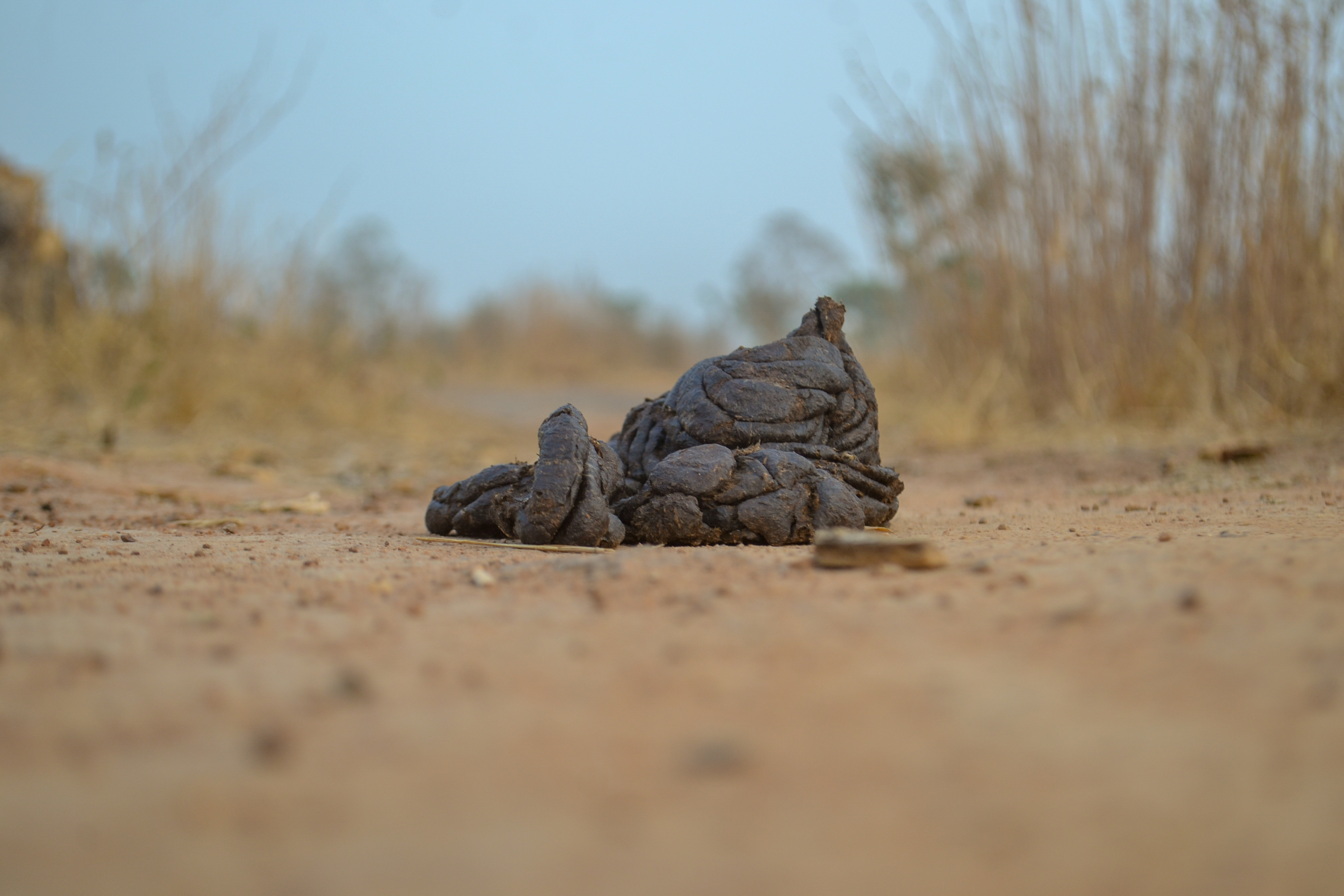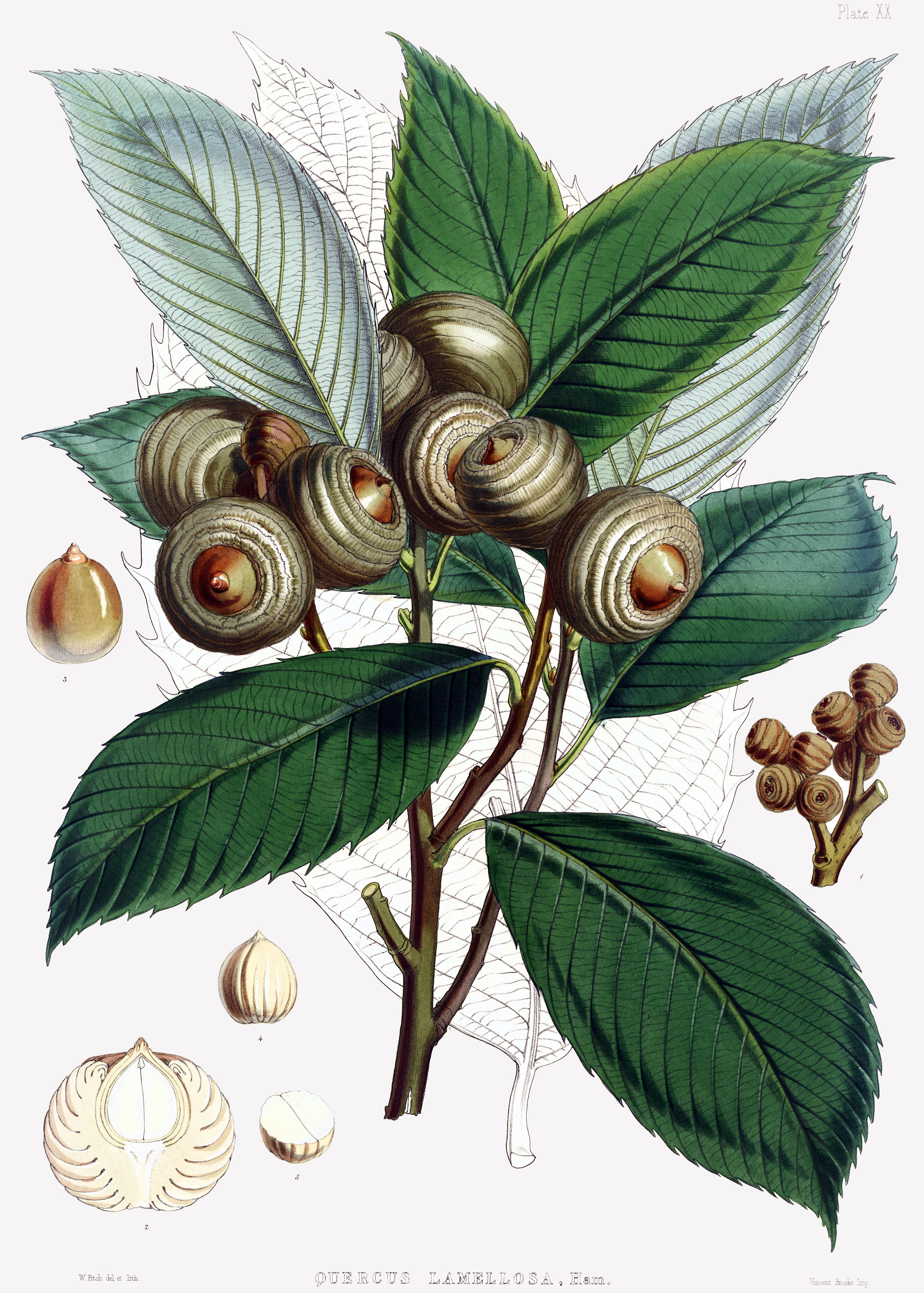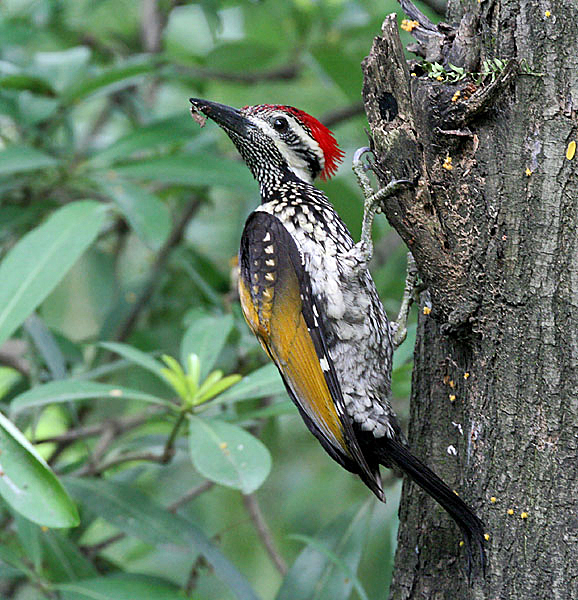|
Acorn
The acorn is the nut (fruit), nut of the oaks and their close relatives (genera ''Quercus'', ''Notholithocarpus'' and ''Lithocarpus'', in the family Fagaceae). It usually contains a seedling surrounded by two cotyledons (seedling leaves), enclosed in a tough Nutshell, shell known as the pericarp, and borne in a cup-shaped Calybium, cupule. Acorns are long and on the fat side. Acorns take between 5 and 24 months (depending on the species) to mature; see the List of Quercus species, list of ''Quercus'' species for details of oak classification, in which acorn morphology (biology), morphology and phenology are important factors. Etymology The word ''acorn'' (earlier ''akerne'', and ''acharn'') is related to the gothic language, Gothic name ''akran'', which had the sense of "fruit of the unenclosed land". The word was applied to the most important forest produce, that of the oak. Geoffrey Chaucer, Chaucer spoke of "achornes of okes" in the 14th century. By degrees, popular etym ... [...More Info...] [...Related Items...] OR: [Wikipedia] [Google] [Baidu] [Amazon] |
Quercus Robur Acorn - Keila
An oak is a hardwood tree or shrub in the genus ''Quercus'' of the beech family. They have spirally arranged leaves, often with lobed edges, and a nut called an acorn, borne within a cup. The genus is widely distributed in the Northern Hemisphere; it includes some 500 species, both deciduous and evergreen. Fossil oaks date back to the Middle Eocene. Molecular phylogeny shows that the genus is divided into Old World and New World clades, but many oak species hybridise freely, making the genus's history difficult to resolve. Ecologically, oaks are keystone species in habitats from Mediterranean semi-desert to subtropical rainforest. They live in association with many kinds of fungi including truffles. Oaks support more than 950 species of caterpillar, many kinds of gall wasp which form distinctive galls (roundish woody lumps such as the oak apple), and a large number of pests and diseases. Oak leaves and acorns contain enough tannin to be toxic to cattle, but pigs are ab ... [...More Info...] [...Related Items...] OR: [Wikipedia] [Google] [Baidu] [Amazon] |
Thorectes Lusitanicus
''Thorectes lusitanicus'' is a medium-sized dung beetle ranging from 30-175 mg in dry body weight. It is flightless with strong Mandible, mandibles that allow it to exploit dry dung. It is native to the southern Iberian Peninsula. It is a tunneller that builds shallow tunnels several meters from the site of a dung deposition and transports the dung into the tunnel. Once the dung is in the tunnel, females of this species lay their eggs within it. ''Thorectes lusitanicus'' is notable for its acorn consumption since researchers previously believed that dung beetles did not consume seeds. In fact, laboratory studies reveal that this unique dung beetle species actually prefers acorns over herbivore dung. Further studies illustrate that acorn consumption leads to many Physiology, physiological and developmental advantages in ''T. lusitanicus'', such as significantly increased fat body development'','' increased resistance to cold temperatures, greater ovary development, and greater resi ... [...More Info...] [...Related Items...] OR: [Wikipedia] [Google] [Baidu] [Amazon] |
Notholithocarpus
''Notholithocarpus densiflorus'', commonly known as the tanoak or tanbark-oak, is a broadleaf tree in the family Fagaceae, and the type species of the genus ''Notholithocarpus''. It is a hardwood tree that is native to the far western United States, particularly Oregon and California. It ranges from in height, with a trunk diameter of . There are a number of radical and incompatible perceptions of tanoak, it has been seen as a cash crop to treasured food plant to trash tree. Description It can reach tall in the California Coast Ranges, though is more usual, and can have a trunk diameter of . The bark is fissured, and ranges from gray to brown. The tree's average age appears to be 180 years, although some estimates reach as high as 300 to 400 years old. The leaves are alternate, , with toothed margins and a hard, leathery texture. At first they are covered in dense orange-brown scurfy hairs on both sides, which wear off over time, more slowly on the underside of the leaf. Th ... [...More Info...] [...Related Items...] OR: [Wikipedia] [Google] [Baidu] [Amazon] |
List Of Quercus Species
The genus ''Quercus'' contains about 500 known species, plus about 180 hybrids between them. The genus, as is the case with many large genera, is divided into subgenera and sections. Traditionally, the genus ''Quercus'' was divided into the two subgenera ''Cyclobalanopsis'', the ring-cupped oaks, and ''Quercus'', which included all the other sections. However, a comprehensive revision in 2017 identified different relationships. Now the genus is commonly divided into a subgenus ''Quercus'' and a subgenus ''Cerris'', with ''Cyclobalanopsis'' included in the latter. The sections of subgenus ''Quercus'' are mostly native to the New World, with the notable exception of the white oaks of sect. ''Quercus'' and the endemic '' Quercus pontica''. In contrast, the sections of the subgenus ''Cerris'' are exclusively native to the Old World. Unless otherwise indicated, the lists which follow contain all the species accepted by Plants of the World Online , plus selected hybrids that are also ... [...More Info...] [...Related Items...] OR: [Wikipedia] [Google] [Baidu] [Amazon] |
Mast (botany)
Mast is the fruit of forest trees and shrubs, such as acorns and other nuts. The term derives from the Old English ''mæst'', meaning the nuts of forest trees that have accumulated on the ground, especially those used historically for fattening domestic pigs, and as food resources for wildlife. In the aseasonal tropics of Southeast Asia, entire forests, including hundreds of species of trees and shrubs, are known to mast at irregular periods of 2–12 years. More generally, mast is considered the edible vegetative or reproductive parts produced by woody species of plants, i.e. trees and shrubs, that wildlife and some domestic animals consume as a food source. Mast is generated in large quantities during long-interval but regularly recurring phenological events known as mast seeding or masting. Such events are population-level phenomena hypothesized to be driven by a wide variety of factors, depending on the plant species involved, including availability of nutrients, economies of ... [...More Info...] [...Related Items...] OR: [Wikipedia] [Google] [Baidu] [Amazon] |
Woodpecker
Woodpeckers are part of the bird family (biology), family Picidae, which also includes the piculets, wrynecks and sapsuckers. Members of this family are found worldwide, except for Australia, New Guinea, New Zealand, Madagascar and the extreme polar regions. Most species live in forests or woodland habitats, although a few species are known that live in treeless areas, such as rocky hillsides and deserts, and the Gila woodpecker specializes in exploiting cacti. Members of this family are chiefly known for their characteristic behaviour. They mostly forage for insect prey on the trunks and branches of trees, and often communicate by drumming with their beaks, producing a reverberatory sound that can be heard at some distance. Some species vary their diet with fruits, birds' eggs, small animals, tree sap, human scraps, and carrion. They usually nest and roost in holes that they excavate in tree trunks, and their abandoned holes are of importance to other cavity-nesting birds. They ... [...More Info...] [...Related Items...] OR: [Wikipedia] [Google] [Baidu] [Amazon] |
Acorns Small To Large
Acorns may refer to: * Plural of acorn, the nut of the oak tree * Acorns (company) Acorns is an American financial technology and financial services company. Based in Irvine, California, Acorns specializes in micro-investing and robo advice. According to Fortune's ''Impact 20'' list, Acorns had 8.2 million customers in 2 ..., a micro-investing and robo-advisor financial company * Acorns (suit), one of the four suits in German pattern playing cards * Acorns Children's Hospice, a charity in England * Springfield Acorns, a minor league American football team in Springfield, Massachusetts See also * Acorn (other) * Little Acorns (other) {{disambiguation ... [...More Info...] [...Related Items...] OR: [Wikipedia] [Google] [Baidu] [Amazon] |
Fagaceae
The Fagaceae (; ) are a family of flowering plants that includes beeches, chestnuts and oaks, and comprises eight genera with around 1,000 or more species. Fagaceae in temperate regions are mostly deciduous, whereas in the tropics, many species occur as evergreen trees and shrubs. They are characterized by alternate simple leaves with pinnate venation, unisexual flowers in the form of catkins, and fruit in the form of cup-like (Calybium and cupule, cupule) nuts. Their leaves are often lobed, and both petiole (botany), petioles and stipules are generally present. Their fruits lack endosperm and lie in a scaly or spiny husk that may or may not enclose the entire nut, which may consist of one to seven seeds. In the oaks, genus ''Quercus'', the fruit is a non-valved nut (usually containing one seed) called an acorn. The husk of the acorn in most oaks only forms a cup in which the nut sits. Other members of the family have fully enclosed nuts. Fagaceae is one of the most ecologically i ... [...More Info...] [...Related Items...] OR: [Wikipedia] [Google] [Baidu] [Amazon] |
Seedling
A seedling is a young sporophyte developing out of a plant embryo from a seed. Seedling development starts with germination of the seed. A typical young seedling consists of three main parts: the radicle (embryonic root), the hypocotyl (embryonic Shoot (botany), shoot), and the cotyledons (seed leaves). The two classes of flowering plants (angiosperms) are distinguished by their numbers of seed leaves: monocotyledons (monocots) have one blade-shaped cotyledon, whereas dicotyledons (dicots) possess two round cotyledons. Gymnosperms are more varied. For example, pine seedlings have up to eight cotyledons. The seedlings of some flowering plants have no cotyledons at all. These are said to be acotyledons. The plumule is the part of a seed embryo that develops into the shoot bearing the first true leaves of a plant. In most seeds, for example the sunflower, the plumule is a small conical structure without any leaf structure. Growth of the plumule does not occur until the cotyledon ... [...More Info...] [...Related Items...] OR: [Wikipedia] [Google] [Baidu] [Amazon] |





